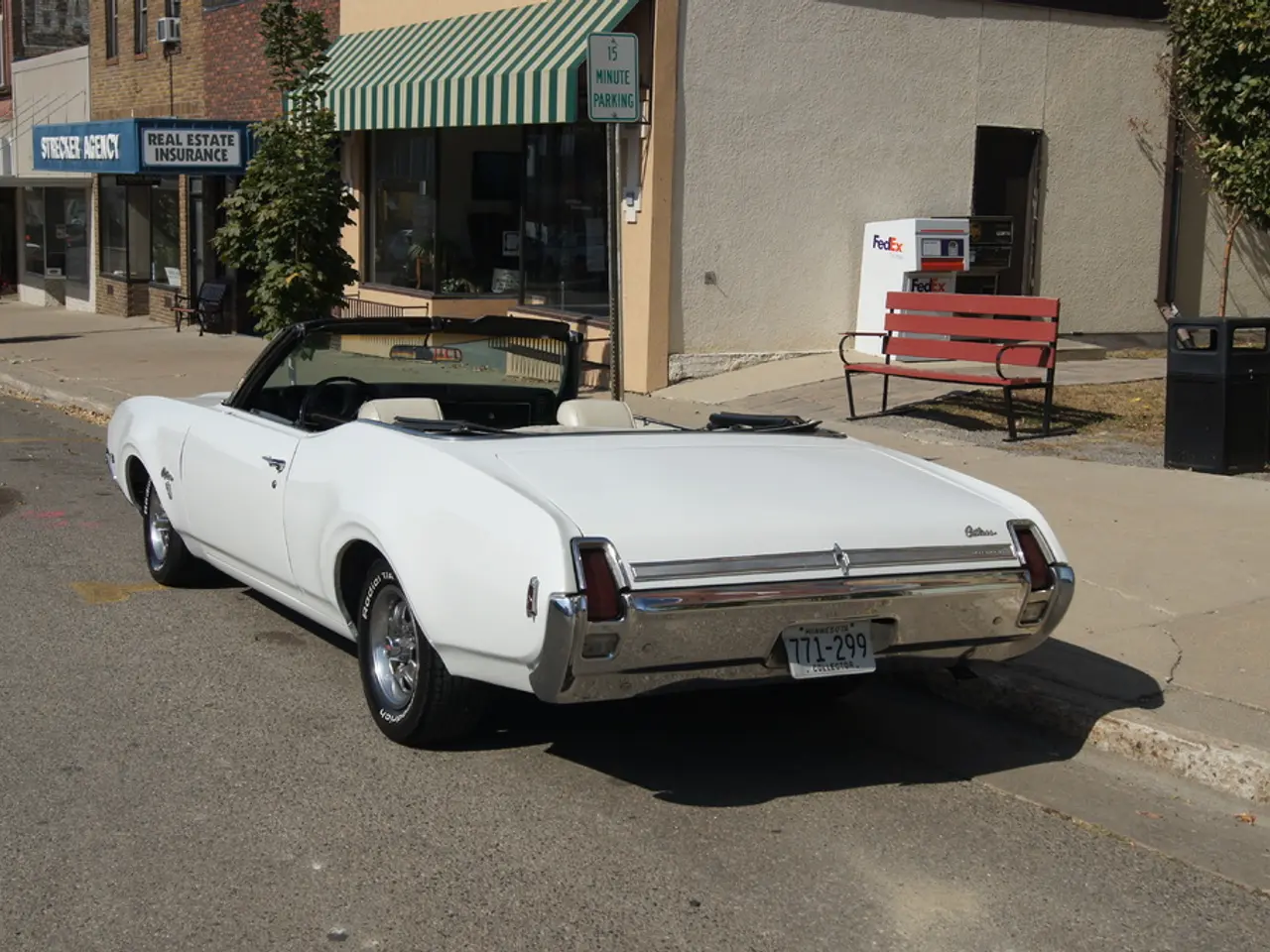Five Reasons justifying the need for comprehensive insurance coverage to prevent unforeseen accidents
In a world where accidents can happen unexpectedly, having the right car insurance coverage can make all the difference. Full coverage auto insurance offers significantly more protection than minimum required (liability-only) coverage, providing a safety net for your own vehicle, injuries to you and your passengers, and financial security in the face of unforeseen circumstances.
One key advantage of full coverage is its ability to cover damages to your own vehicle. This includes collision insurance, which repairs or replaces your car after accidents you cause, and comprehensive insurance, which covers damage from theft, vandalism, natural disasters, falling objects, and animal strikes [1][2][3][4]. Minimum coverage, on the other hand, does not pay for your own car repairs [1][2][3][4].
Full coverage also offers injury protection for you and your passengers. This often includes medical payments or personal injury protection (PIP), which cover medical expenses regardless of fault, supplementing health insurance [2][3][4]. Minimum policies usually only cover injuries you cause to others [2][3][4].
Another crucial aspect of full coverage is protection against uninsured or underinsured motorists. With approximately 13% of drivers nationwide being uninsured, and some states reporting rates as high as 25%, the risk of being involved in an accident with an underinsured driver is significant [11]. Full coverage often includes uninsured/underinsured motorist coverage, helping cover your losses if the at-fault driver has no or inadequate insurance [1][4]. Minimum coverage may only have this if required by your state [1][4].
Full coverage also provides peace of mind and financial security. Medical expenses from accidents can quickly spiral into tens or even hundreds of thousands of dollars, with a single emergency room visit costing several thousand dollars [8]. Serious injuries requiring surgery, extended hospital stays, or long-term rehabilitation can bankrupt families overnight [8]. Full coverage helps avoid large out-of-pocket costs for your car repairs and medical bills after an accident or other damage [2]. Liability coverage only helps pay other parties' claims, putting your own repair and injury costs on you [2].
Moreover, if someone with minimal coverage causes an accident that results in $100,000 in damages but only carries $25,000 in liability coverage, underinsured motorist protection covers the difference [12].
Full coverage is also required by lenders if your car is financed or leased. This is to protect their investment [3].
While full coverage costs roughly two to three times more than minimum coverage, varying by state and other factors (e.g., $153 vs. $62 per month in Texas) [1][2], the added benefits typically outweigh the cost if you want comprehensive protection. In a world where accidents happen, full coverage insurance isn't just smart-it's essential.
References:
[1] https://www.carinsurance.com/full-coverage-car-insurance/ [2] https://www.insure.com/car-insurance/full-coverage.html [3] https://www.nerdwallet.com/blog/insurance/full-coverage-car-insurance/ [4] https://www.progressive.com/auto/coverage/full-coverage-auto-insurance/ [11] https://www.iii.org/issue-update/uninsured-motorists [12] https://www.carinsurance.com/uninsured-motorist-coverage/ [13] https://www.carinsurance.com/car-insurance-rates/ [14] https://www.insure.com/car-insurance/uninsured-motorist-coverage.html [15] https://www.insure.com/car-insurance/coverage-options.html [16] https://www.nerdwallet.com/blog/insurance/how-much-car-insurance-cost/ [17] https://www.carinsurance.com/how-much-car-insurance-costs/ [18] https://www.iii.org/publication/the-cost-of-auto-crashes-and-fatalities-to-society-2010 [19] https://www.carinsurance.com/blog/how-much-does-car-insurance-cost/ [20] https://www.carinsurance.com/why-full-coverage-car-insurance-is-important/
- In car-accidents, full coverage auto insurance provides protection not only for damages to your own vehicle through collision and comprehensive coverage, but also for personal injuries of you and your passengers via medical payments or personal injury protection (PIP).
- Beyond physical damages and injuries, full coverage offers general-news worth noting; it shields policyholders against financial turmoil arising from uninsured or underinsured motorists, reducing the risk of being burdened with immense out-of-pocket costs in the event of an accident.




